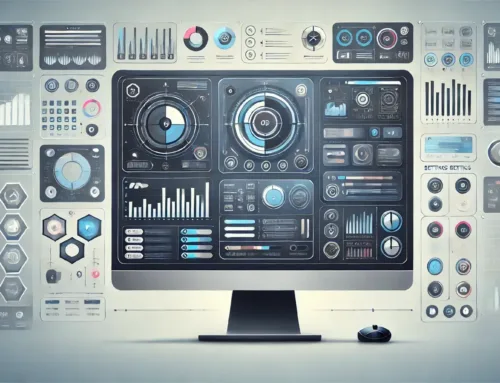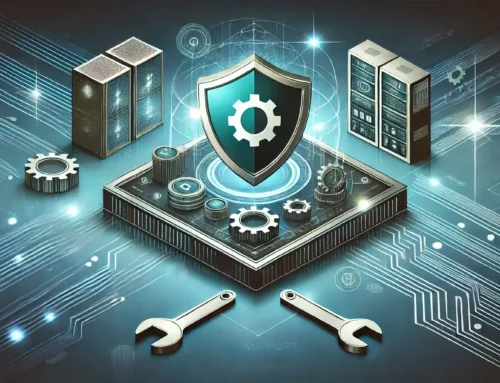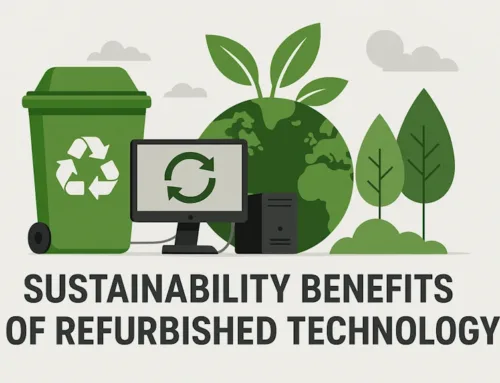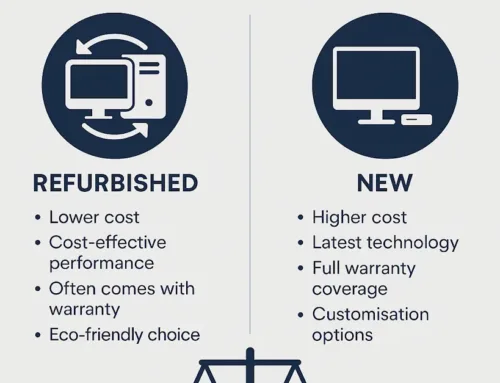What Is the Difference Between Remote Support and Remote Desktop?
In the realm of remote computer access and support, two terms are commonly used: “remote support” and “remote desktop.” These terms are often used interchangeably, but they represent distinct approaches to accessing and managing computers or providing technical assistance. In this article, we will delve into the key differences and similarities between remote support and remote desktop, shedding light on when and how each method is used.

Definitions:
Remote Support: Remote support is a method of providing technical assistance or troubleshooting to a computer or device from a remote location. It typically involves a technician taking control of the user’s computer to diagnose and resolve issues.
Remote Desktop: Remote desktop, on the other hand, refers to a technology that allows a user to access and control a computer or server remotely. This method is often used for accessing files, applications, or resources on a remote computer as if you were physically present at that machine.
Purpose
The fundamental difference between remote support and remote desktop lies in their primary purpose:
- Remote Support: The primary purpose of remote support is to provide technical assistance and troubleshooting. It is used when a user encounters a problem or needs help with their computer or software. Remote support enables a technician to access the user’s computer, diagnose issues, and provide solutions, all while the user is typically present and actively engaged.
- Remote Desktop: Remote desktop, on the other hand, is primarily used for accessing and controlling a remote computer or server for various purposes. It allows a user to work on a remote computer as if they were physically present at that location. This is valuable for tasks like accessing files, running applications, or managing a server remotely.
User Interaction
Another key difference between remote support and remote desktop is the level of user interaction:
- Remote Support: In remote support, user interaction is usually essential. The user experiencing an issue typically initiates the session by contacting a support technician. During the session, the user often needs to provide permissions for the technician to access their computer. It’s a collaborative process focused on issue resolution, and the user is actively involved.
- Remote Desktop: Remote desktop is often used for solitary tasks. While some remote desktop solutions may allow for collaboration, the primary use case involves a user accessing a remote computer to perform tasks independently. The remote computer’s user may not even be aware of the remote access, as it’s not intended for troubleshooting or support.
Comparison Table: Remote Support vs. Remote Desktop
| Feature | Remote Support | Remote Desktop |
|---|---|---|
| Purpose | Troubleshooting and support | Remote access and control |
| User Interaction | Active user involvement | Often solitary tasks |
| Initiator | User or technician | User |
| Typical Scenarios | Resolving technical issues | Accessing files, applications, or resources |
| Level of Control | Collaborative, with user’s permission | Independent, with full control |
| Security Considerations | Focus on user privacy and consent | Emphasis on secure access and data protection |
| Examples | TeamViewer, AnyDesk, LogMeIn | Microsoft Remote Desktop, TeamViewer (for remote control) |
Initiator
The initiator of the remote session is another distinguishing factor:
- Remote Support: In remote support, the session is typically initiated by the user experiencing technical issues who seeks assistance. The user contacts a support technician or helpdesk and grants permission for remote access to their computer.
- Remote Desktop: In remote desktop scenarios, the user who wants to access a remote computer typically initiates the session. This user may need to enter their credentials or access permissions to establish the connection.
Typical Scenarios
The choice between remote support and remote desktop depends on the intended use case:
- Remote Support: Remote support is ideal when technical issues need to be diagnosed and resolved. It is commonly used for troubleshooting software problems, configuring settings, or assisting users with their computers. The focus is on resolving specific issues and ensuring the user’s computer functions correctly.
- Remote Desktop: Remote desktop is employed when a user needs to access a remote computer for various tasks. Common scenarios include retrieving files stored on a remote computer, running applications that are only available on that machine, or managing a server from a distance. The primary goal is to provide access and control over the remote system.
Level of Control
The level of control and collaboration also varies between remote support and remote desktop:
- Remote Support: Remote support sessions typically involve collaborative efforts, with the user actively participating in issue resolution. The user usually grants the technician limited control over their computer to resolve specific problems.
- Remote Desktop: Remote desktop sessions provide the user with full control and autonomy over the remote computer. The user can interact with the remote system as if they were physically present, with no active collaboration required.
Security Considerations
Both remote support and remote desktop solutions prioritise security, but the emphasis differs:
- Remote Support: Remote support solutions focus on user privacy and consent. Technicians must obtain explicit permission from the user before accessing their computer. The user is usually aware of the support session and can monitor the actions of the technician.
- Remote Desktop: Remote desktop solutions prioritise secure access and data protection. Users are often required to authenticate themselves to initiate a remote desktop session. Security measures, such as encryption, are employed to safeguard the data and maintain the privacy of the user.
Examples
To better illustrate the differences, here are some well-known examples of remote support and remote desktop solutions:
- Remote Support Solutions: TeamViewer, AnyDesk, LogMeIn, GoToAssist, and Splashtop are popular remote support tools designed for assisting users with technical issues.
- Remote Desktop Solutions: Microsoft Remote Desktop, TeamViewer (for remote control), Chrome Remote Desktop, and VNC (Virtual Network Computing) are commonly used for remote desktop scenarios, such as accessing files or managing remote servers.
Summary
In conclusion, while both remote support and remote desktop involve accessing and controlling computers or devices remotely, they serve distinct purposes and require different levels of user involvement. Remote support is focused on resolving technical issues through collaborative efforts, with the user seeking assistance from a technician.
Remote desktop, on the other hand, is primarily used for independent tasks, allowing users to access and control a remote computer as if they were physically present. The choice between these methods depends on the intended use case, whether it’s troubleshooting technical issues or accessing remote resources. Understanding the differences can help you select the most appropriate solution for your specific needs.
Techfident offers a comprehensive range of solutions for both remote support and remote desktop needs. Whether you’re seeking technical assistance or seamless remote access, we have the right tools and expertise. If you’re in desperate need of IT Support, get in contact with us now.




